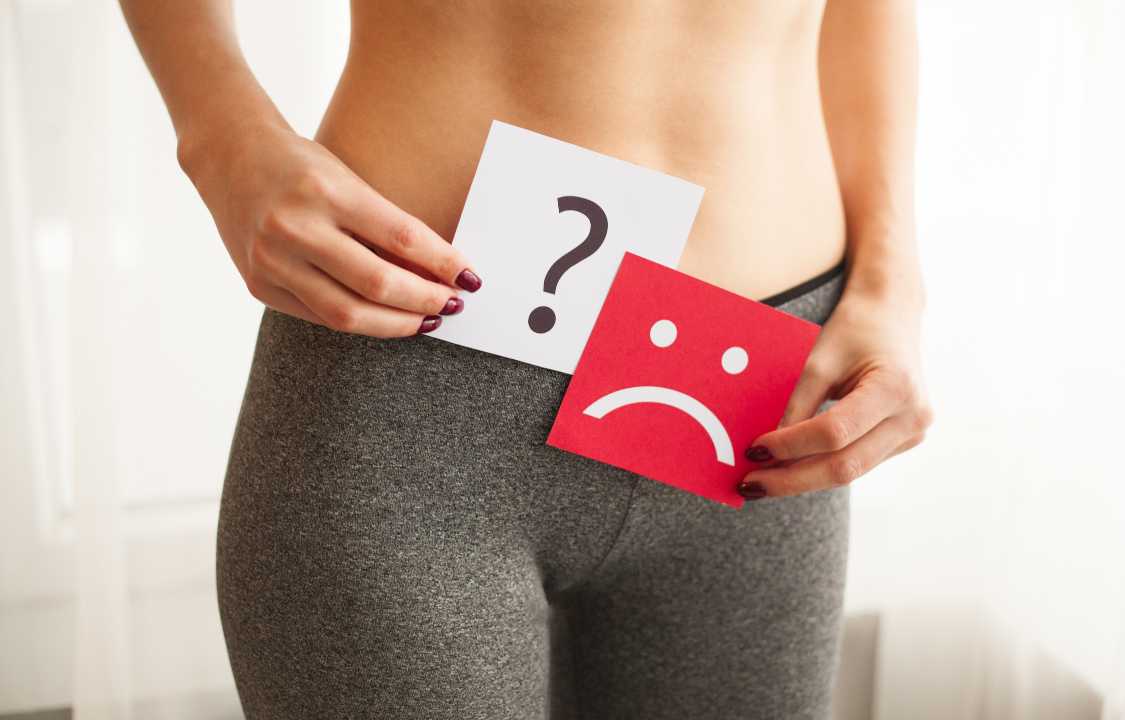Infection, Medical Care, Menstruation, Treatment
The Best Treatments for Vaginal Yeast Infection
The telltale symptoms of a vaginal yeast infection—medically known as candidiasis—include intense itching, inflammation, and a thick, white discharge. If your healthcare provider gave you a diagnosis of a yeast infection, you have a few options for treating the uncomfortable condition. Some treatments are even available to you over the counter.
Alyssa Dweck, MD, a gynecologist and assistant clinical professor at Mount Sinai School of Medicine in Westchester County, NY, explained that healthcare providers will usually recommend one of two treatments for a yeast infection: antifungal cream or oral tablets.
“I think both are equally effective,” Dr. Dweck said, adding that the decision to use one or the other is often personal. “Some people are just not comfortable putting things in the vagina, or want to go with what’s on their insurance plan, so they’ll choose the pill.”
We asked Dr. Dweck to give us the rundown on each treatment type—and also weigh in on whether or not home remedies are worth trying.
Antifungal Creams
Antifungal creams are the go-to over-the-counter treatment for yeast infections. “They are generally well-tolerated and preferred by some women because they don’t need to call their doctor to get them,” Dr. Dweck explained. “And they work well.” Another selling point: Some come with external wipes meant to be used in combination with the treatment to calm itchiness.
These creams—which can be applied by hand or with an applicator that’s inserted into the vagina—are sold by a number of brands. You’ve probably spotted ones like Monistat and Terazol on your pharmacy’s shelves. They all belong to the same family of medications, called azoles, which are specifically used for treating fungal infections.
They’re also available in a variety of strengths, ranging from one- to seven-day treatments. Not sure which strength you need? Dr. Dweck said the choice is a personal one, but she has generally recommended the three-day option to patients: “One-day regimens can cause irritation, and the seven-day ones can be cumbersome, so three days is a reasonable option for most.”
Still, antifungal creams are not for everyone: “I do warn those who have sensitive skin to be cautious when it comes to using the one-day treatments, which are stronger,” Dr. Dweck said. Antifungal creams can also be messy—some of the OTC products are marketed specifically for nighttime use for this reason.
Oral Tablets
If you’d prefer not to use a cream, you can also take an oral antifungal medication called fluconazole (Diflucan). “This is the main thing that I see women wanting to be treated with now,” Dr. Dweck said. “It’s less messy than a cream.”
It does require a prescription from your healthcare provider, though, so some people may prefer to try an over-the-counter treatment for a faster fix. Depending on your symptoms, your provider may prescribe just one pill or two pills taken 72 hours apart.
A May 2022 educational supplement from OBG Management also indicated that another medication, ibrexafungerp, might be helpful for yeast infections. The medication was approved by the Food and Drug Administration (FDA) in June 2021 for treatment. It can be taken orally and only requires one day of use—a total of 300 milligrams from two tablets, taken twice on the same day.
The primary difference between ibrexafungerp and fluconazole is that ibrexafungerp kills the fungi of the infection instead of preventing their growth. Additionally, it could be taken as an alternative if a person is allergic to fluconazole as long as the individual is not pregnant, according to the FDA.
Home Remedies
The use of home remedies for yeast infections has long been disputed, and many experts are conflicted about whether or not these DIY treatments really work.
The most popular home treatments are yogurt and probiotics, but their effectiveness “is somewhat controversial,” Dr. Dweck said. “It seems that the literature does not support this 100%, although some studies reveal that it can help women who are very prone to infections to take probiotics.”
One small study, published in March 2003 in the journal FEMS Immunology & Medical Microbiology, found that healthy women who took the probiotic lactobacillus rhamnosus experienced a decrease in vaginal yeast after 28 days in comparison to a control group. However, an October 2021 article in Current Opinion in Pharmacology stated that research “is not sufficient to support the use of probiotics in the intervention of vulvovaginal candidiasis…”—in other words, it isn’t proven that yogurt or oral probiotics can cure or prevent a yeast infection.
Still, it won’t hurt to incorporate yogurt and probiotics into your diet, especially since they both boast additional health benefits. Yogurt is a good source of protein and calcium, while probiotics may help aid digestion.
A lesser-known home remedy is gentian violet, a topical antifungal that’s “painted” on the areas that are itchy or affected by yeast. “This can be a messy and inconvenient treatment form, and it does stain,” Dr. Dweck explained. “Every so often, I will get a patient who is either allergic to the other treatments or not getting relief from them, and will resort to this old-fashioned standby.”
Finally, as for those Internet claims that you can treat a yeast infection by inserting yogurt or garlic into your vagina, Dr. Dweck isn’t a fan. “There’s really no place for it in treatment,” Dr. Dweck said.
If you have a yeast infection, don’t hesitate to seek medical attention—your healthcare provider can help you decide which treatments will give you the most relief.
Dietary supplements are minimally regulated by the FDA and may or may not be suitable for you. The effects of supplements vary from person to person and depend on many variables, including type, dosage, frequency of use, and interactions with current medications. Please speak with your healthcare provider or pharmacist before starting any supplements.

